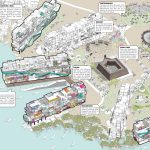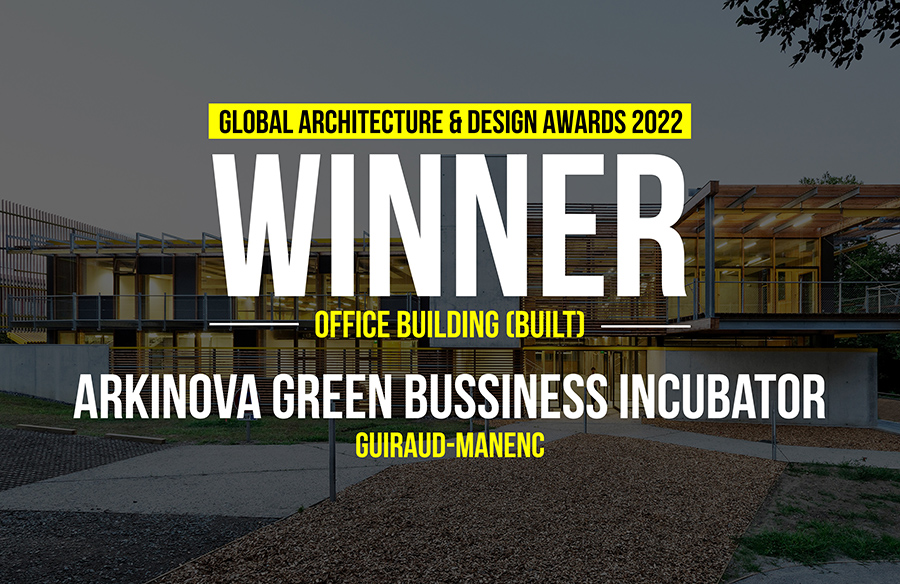To the people of Mumbai, the word Koli is synonymous with the indigenous fisher folk of the island city. The Kolis have a treasure trove of practices, folk music and dance that is continuously disappearing between newer generations. The life of the Kolis revolves around the sea, and their entire livelihoods depend on it. A small fisher village, Worli Koliwada, stretches along the Worli coastline. Colorful makeshift homes, a web of imprinted patterns, and otis reserved for the weaving and repairing of fishing nets distinguish the spirited neighborhood.
Global Architecture & Design Awards 2018
First Award | Housing (Upto 5 Floors) (Concept)

| Project Details | |
| Architects: | HKS RVA |
| Team Members: | Nick Cooper, Divya Nautiyal, Dorian Sosa, Zach Wolk, Stephen Perry, Phil Miller, Nick Cooper |
| Country: | United States |

©HKS RVA
Of course, there is another picture that is often painted of Worli Koliwada – a juxtaposition of it and the high-rise luxury apartment buildings towering in the background. This picture highlights the disparity between those who have and those who have not. In other words, the contrast between the rich and poor is unmistakable, producing a conflicting environment between the two groups.
Structured Symbiosis aims to provide an inclusive approach to mixed-use housing to help defy the social segregation that exists between Worli Koliwada and the more affluent neighborhood around it.

©HKS RVA
The major goal of the project is to celebrate and to progress the existing Koli culture, it’s historical significance and the Koli way of life, through a hierarchy of open spaces and spatial organization. Ultimately, the relationship between the Kolis and Non-Kolis is strengthened through design strategies that are informed by and rooted in the community context and history. This STRUCTURED SYMBIOSIS is developed through community-oriented spaces and organic layouts with areas of pause, encouraging social interaction. Tight-knit streets, panoramic spatial volumes, vibrant colors and a strategically programmed landscape create a living environment bringing the Kolis and Non-Kolis together.

©HKS RVA
Open courtyards are an important programmatic element. Residential courtyards provide a place of worship and prayer. Neighborhood courtyards provide opportunities for group study areas, outdoor classrooms and places for fish and flea markets; community courtyards provide areas of gathering for performances, cricket games, and festivals. Providing a larger number of public toilets and septic tanks throughout the site would be a step towards improving sanitation. There are also opportunities to introduce environmental systems like rain water harvesting. Not only would it provide a much-needed resource, but it would also bring an opportunity to teach children living in Koli communities about recycling systems, giving them an opportunity to learn and understand more wholly with firsthand experience.
- ©HKS RVA
- ©HKS RVA
- ©HKS RVA








